- Joined
- Dec 1, 2016
- Messages
- 6,341
- Points
- 728

ok folks thats it for this week of building the Sultana. This coming week i will have all the gun posts and guns mounted and maybe the rudder.
 |
As a way to introduce our brass coins to the community, we will raffle off a free coin during the month of August. Follow link ABOVE for instructions for entering. |
 |
 |
The beloved Ships in Scale Magazine is back and charting a new course for 2026! Discover new skills, new techniques, and new inspirations in every issue. NOTE THAT OUR FIRST ISSUE WILL BE JAN/FEB 2026 |
 |


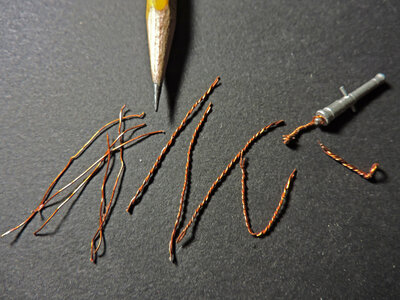
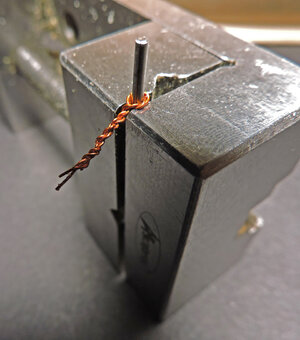
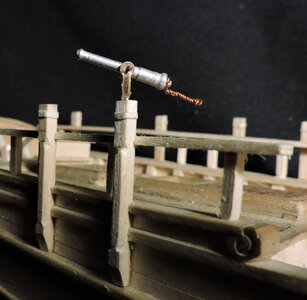




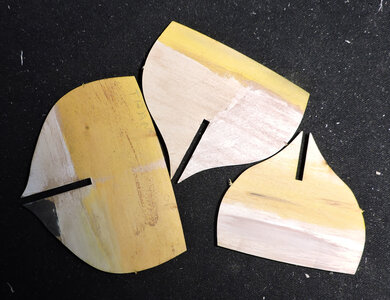
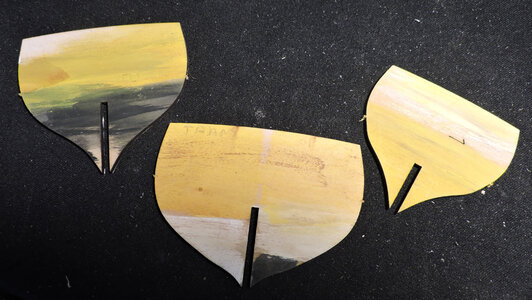

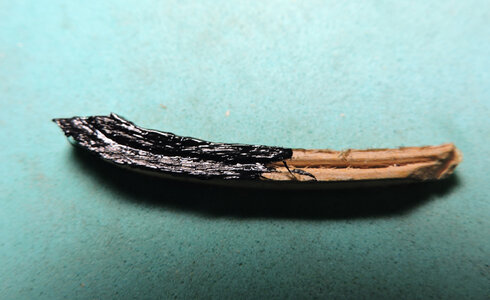
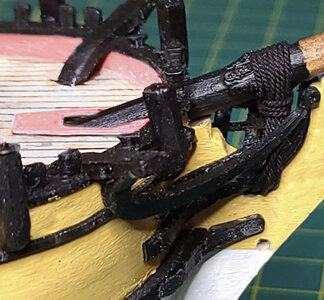


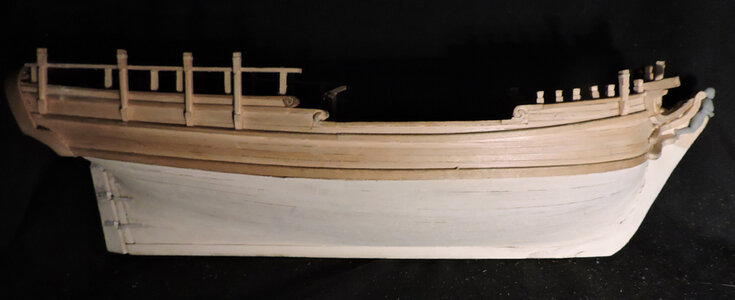
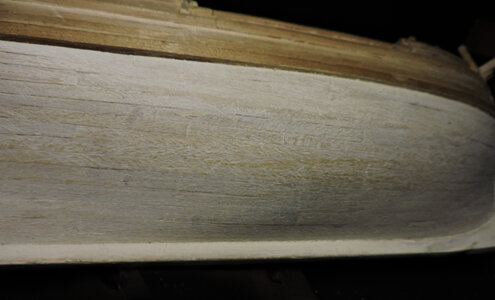
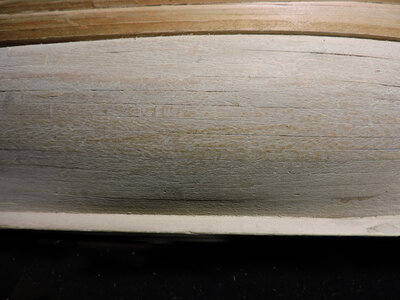

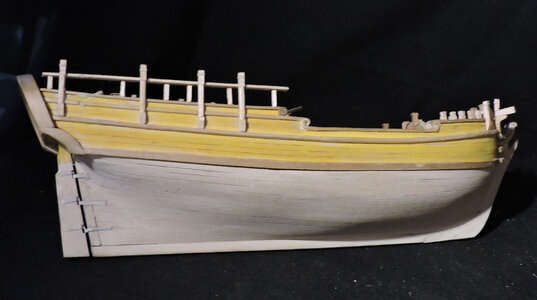
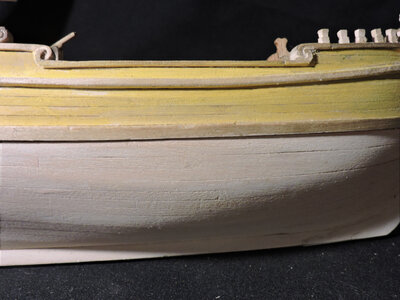
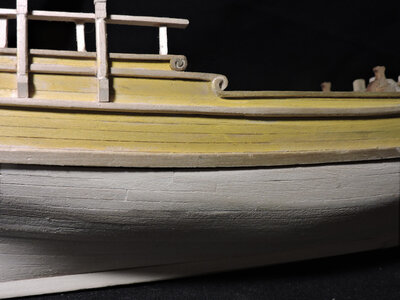


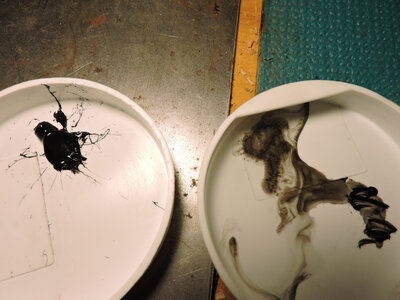
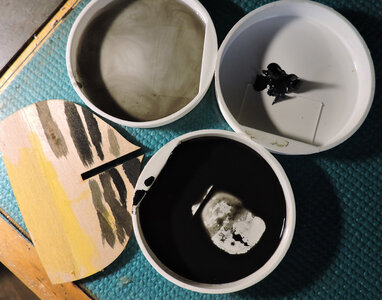

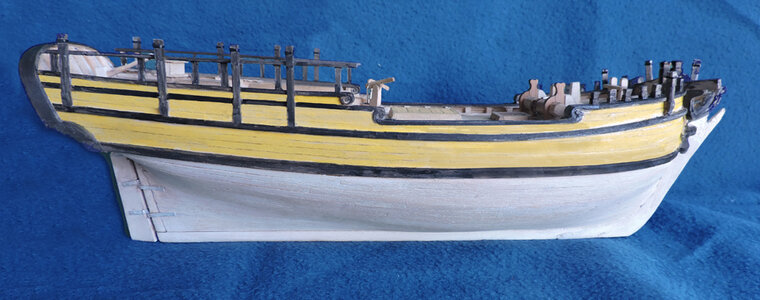
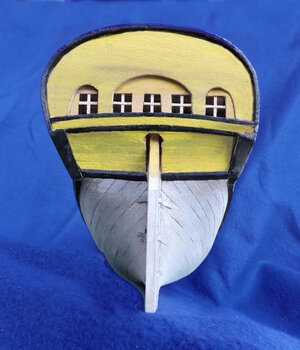
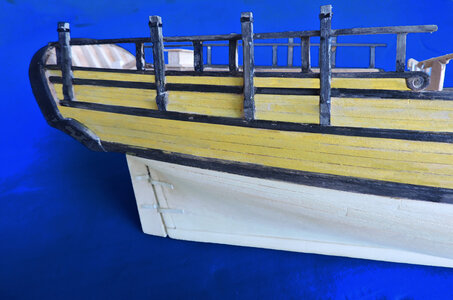
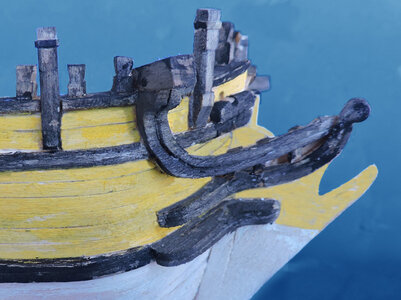


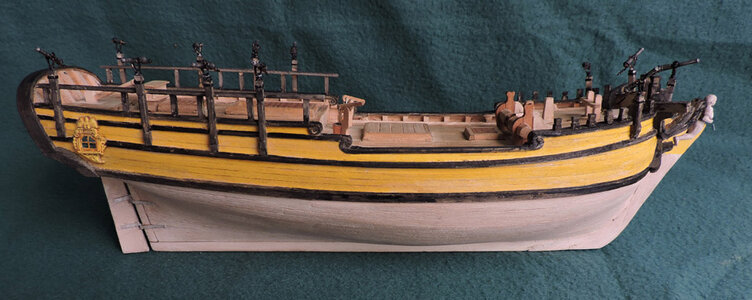
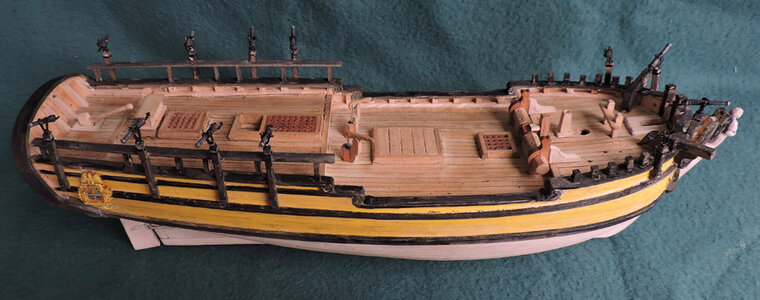

Hello Mike, where do you find Black cartridge paper?Very impressive and a beautifully illustrated and described build. I have built all my ships' boats and ships out of basswood for the reasons you have given. I tend to use black cartridge paper for the caulking between the deck planks.
Mike
